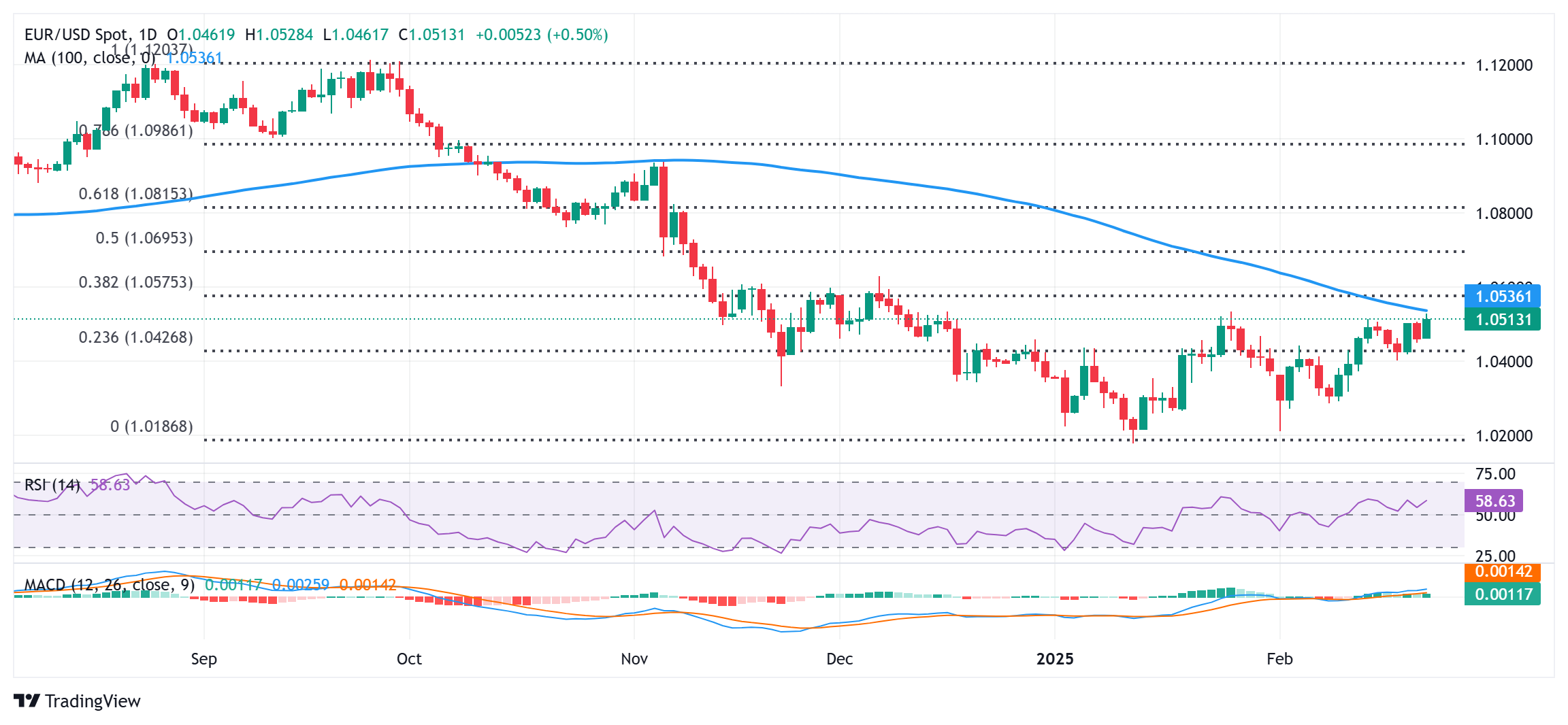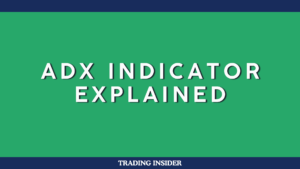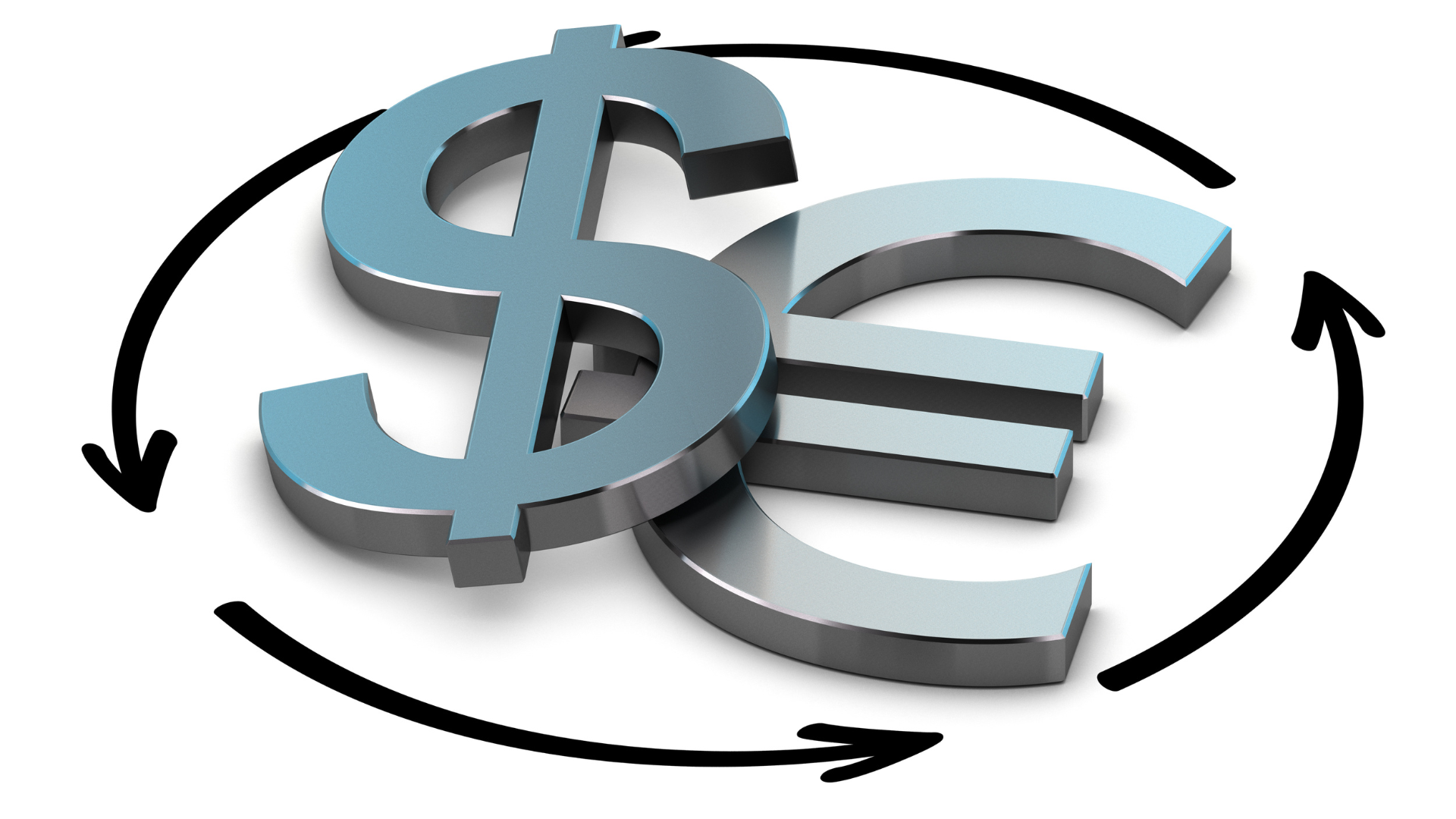The euro extended gains against the US dollar, with EUR/USD climbing past 1.0500, as traders reacted to the outcome of Germany’s latest election and shifting expectations for Federal Reserve policy. The pair continues to recover from recent lows, but upside momentum remains uncertain as markets assess the broader political and economic landscape.
Germany’s election results have injected fresh volatility into the euro, with investors weighing the potential implications for fiscal policy and European Central Bank (ECB) decision-making. While political uncertainty typically pressures the euro, markets appear to be focusing on broader risk sentiment and external economic factors.

EUR/USD 1-D Chart as of February 24th, 2025 (Source: TradingView)
Meanwhile, the US dollar has softened, with Treasury yields pulling back slightly as traders anticipate upcoming US economic data. Recent signals from the Federal Reserve suggest policymakers remain cautious about inflation, but growing concerns over slowing economic activity have led to speculation that the Fed may be nearing the end of its tightening cycle.
From a technical perspective, EUR/USD is now targeting the 100-day simple moving average (SMA), which stands as a key resistance level. A sustained move above this mark could reinforce further upside, while failure to hold gains above 1.0500 may lead to renewed selling pressure, bringing the pair back toward its recent support zone.
Looking ahead, traders will monitor US inflation data, ECB commentary, and political developments in Germany, all of which could shape market sentiment. A weaker-than-expected US inflation reading may add to the euro’s gains, while a strong dollar rebound could cap the upside.
For now, EUR/USD remains in recovery mode, but the next move depends on political stability in Europe and evolving expectations for Fed policy. Unless clear momentum builds, the pair may struggle to hold gains beyond key technical resistance levels.













